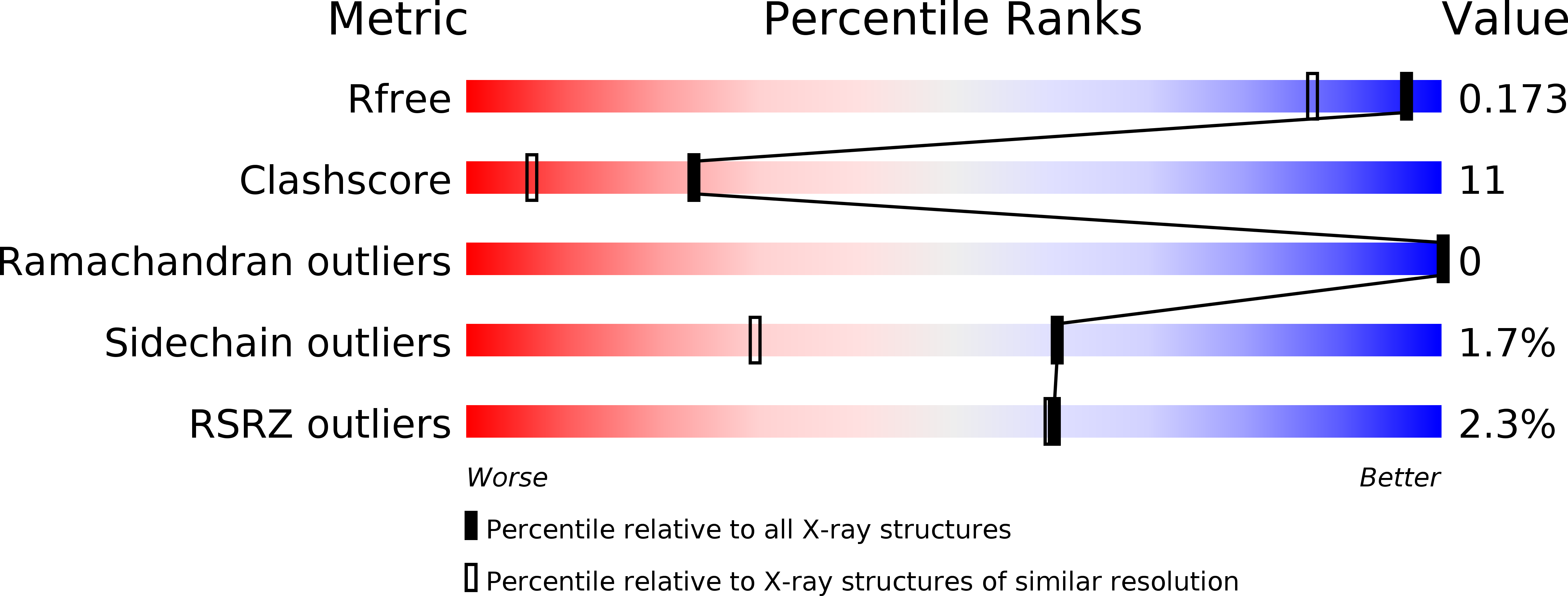
Deposition Date
2010-09-10
Release Date
2011-10-19
Last Version Date
2024-11-06
Entry Detail
PDB ID:
2XR5
Keywords:
Title:
Crystal structure of the complex of the carbohydrate recognition domain of human DC-SIGN with pseudo dimannoside mimic.
Biological Source:
Source Organism:
HOMO SAPIENS (Taxon ID: 9606)
Host Organism:
Method Details:
Experimental Method:
Resolution:
1.42 Å
R-Value Free:
0.17
R-Value Work:
0.14
R-Value Observed:
0.14
Space Group:
P 43 21 2


